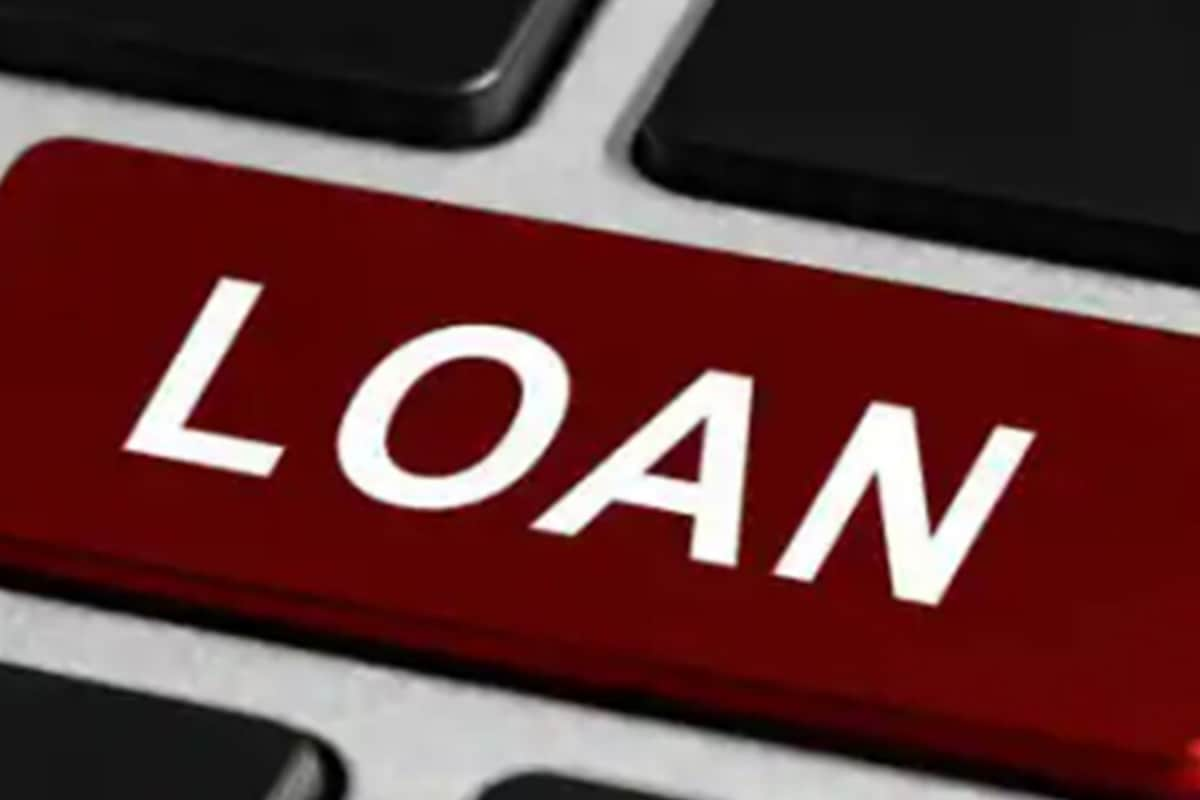A loan against a fixed deposit (FD) is a secured loan that allows you to borrow money by using your FD as collateral. Instead of prematurely withdrawing your FD, you can avail of a loan and keep the FD active, continuing to earn interest. The loan amount disbursed is typically a percentage of the FD value, potentially reaching up to 90-95%, though this can vary between banks.
How it Works
When you take a loan against your FD, the bank keeps your FD as collateral. This makes the loan secure, often resulting in a lower interest rate compared to unsecured loans like personal loans. Interest is usually charged only on the amount of overdraft taken, not on the entire limit. The interest rate on an FD loan is typically 1% to 2% higher than your FD interest rate.
Repayment tenure usually matches the FD maturity period, and you can often repay the loan anytime before the term ends without prepayment penalties. If you fail to repay before maturity, the outstanding amount will be adjusted against your FD proceeds.
Eligibility Criteria
To be eligible for a loan against FD, you generally need to be a fixed deposit holder with the bank you're applying to. Other eligibility factors include:
- Age: Applicants must be over 18 years old.
- Residency: Generally, resident Indian citizens are eligible. Non-resident Indians (NRIs) may also be eligible.
- FD Type: Loans are typically not available against FDs in the name of a minor or 5-year tax-saving FDs.
- Other entities: Hindu Undivided Families (HUFs), sole proprietorships, and partnership firms can also be eligible.
- Minimum Deposit Amount: There might be a minimum FD amount required; for example, some banks require FDs above ₹5,000 or ₹10,000 to be eligible.
- Lien Status: FDs with an existing lien or attachment/garnishee notice are usually ineligible.
- Maturity Period: The remaining tenure for deposit to get matured should be more than one day.
Interest Rates
Interest rates for loans against FDs are generally lower than those of personal loans because the FD acts as collateral. The interest rate is usually 1% to 2% above the fixed deposit rate. As of July 2025, State Bank of India (SBI) offers interest rates at 1% above the relative time deposit rate. HDFC Bank's interest rate is 2% above the fixed deposit rate. Keep in mind that interest rates can vary based on factors like the loan amount and customer relationship.
Key Considerations
- Loan Tenure: The loan tenure cannot exceed the remaining tenure of your fixed deposit.
- Interest Calculation: Interest is typically charged on the entire loan amount, not on the reducing balance.
- FD Liquidation: The bank may liquidate your fixed deposit to recover dues if you default on the loan.
- Credit Score Impact: Timely repayment of your FD loan can positively impact your credit score.
- Reduced FD Liquidity: While you get access to funds, the equivalent loan amount is locked and can't be withdrawn until the loan is repaid.
- Impact on Interest Income: The interest earned on the FD may be adjusted based on the loan amount, potentially reducing overall earnings.
Advantages of Loan Against FD
- Lower Interest Rates: Compared to other loan types.
- No Need to Break FD: Avoid losing interest from premature withdrawal.
- Simplified Approval: Often has a straightforward approval process.
- No Credit Check: Typically doesn't require a credit check.
- Minimal Documentation: Usually needs less paperwork than standard loans.
- Flexible Loan Amounts: Value of the fixed deposit determines the loan amount.
- No Prepayment Penalties: Many banks don’t charge for early repayment.
How to Apply
- Check with Your Bank: Contact your bank to understand their specific loan policy against FDs.
- Fill Out the Application: Provide necessary details like your FD account number and the loan amount you need.
- Submit Documents: Provide KYC documents (Aadhaar, PAN card, etc.) and your FD receipt.
- Loan Approval and Disbursement: The bank processes the loan, and upon approval, the amount is credited to your account.
Alternatives
Besides a loan against FD, you might consider an overdraft facility, which provides a line of credit linked to your FD. You can withdraw funds as needed, up to the approved limit. Some banks also offer credit cards against FDs.

